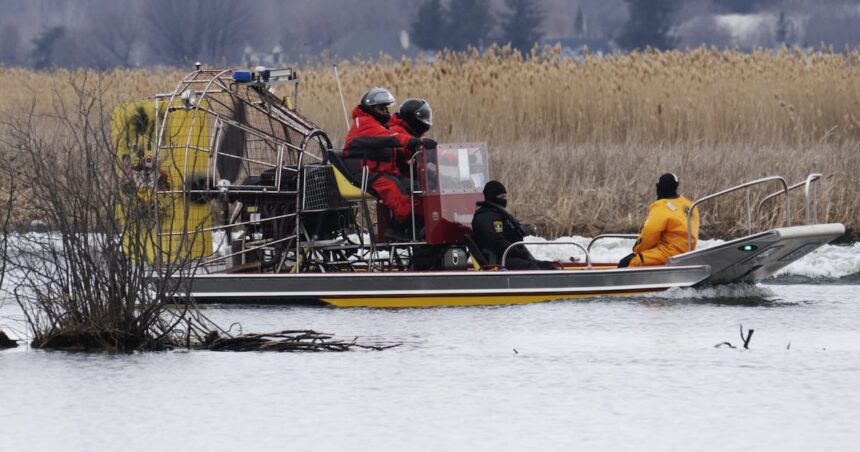In a significant development that has sent shockwaves through border communities, authorities have detained a dual Canada-U.S. citizen in connection with a deadly human smuggling operation across the St. Lawrence River. The arrest comes after a months-long investigation into what officials are calling one of the most tragic border-crossing incidents in recent years.
The suspect, whose identity remains protected pending formal charges, was apprehended yesterday following coordinated efforts between the Royal Canadian Mounted Police (RCMP), Canada Border Services Agency (CBSA), and U.S. Homeland Security. According to court documents obtained by CO24 News, the individual allegedly orchestrated multiple illegal border crossings, charging vulnerable migrants upwards of $5,000 per person for the dangerous journey.
“This case represents the dark underbelly of human smuggling operations along our shared border,” said RCMP Superintendent Marie Lapointe at a press conference in Montreal. “What makes this particularly disturbing is how the suspect exploited the natural boundary of the St. Lawrence River with complete disregard for human life.”
The investigation accelerated after the recovery of three bodies from the river in March, identified as asylum seekers from South Asia attempting to reach the United States. Autopsy reports confirmed drowning as the cause of death, with evidence suggesting the victims had been transported in an overcrowded, unseaworthy vessel during dangerous weather conditions.
Court filings reveal a sophisticated operation that allegedly utilized remote launching points along the Quebec shoreline, deliberately choosing areas with minimal surveillance. Digital evidence recovered from the suspect’s devices reportedly shows communication with international smuggling networks extending through Canada and into several countries in Asia and South America.
Immigration experts have noted a troubling rise in dangerous crossing attempts along the northern border. “We’re seeing increasingly desperate measures as legal pathways become more restricted,” explained Dr. Amanda Chen, immigration policy analyst at the University of Toronto. “The St. Lawrence corridor presents particular dangers due to its powerful currents, freezing temperatures, and remote access points.”
Financial investigations have uncovered a complex money trail, with payments routed through multiple countries to obscure the operation’s financial structure. CO24 Business analysis indicates the smuggling network may have generated millions in revenue over the past two years alone.
The arrest highlights growing concerns about the human cost of restrictive immigration policies across North America. “This tragedy underscores the desperate measures people will take when conventional immigration channels seem closed to them,” said Refugee Rights Coalition spokesperson Thomas Nguyen. “People don’t risk their lives crossing dangerous waters unless the alternatives seem worse.”
Canadian and American authorities continue to investigate potential accomplices on both sides of the border. The case has prompted calls for greater bilateral cooperation on migration issues and has become a focal point in ongoing political debates about border security and humanitarian approaches to irregular migration.
As communities along the St. Lawrence mourn the lives lost, difficult questions remain: How can nations balance legitimate border security concerns with humanitarian obligations to vulnerable migrants, and what responsibility do we bear for creating immigration systems that drive desperate people into the hands of smugglers willing to risk their lives for profit?










